Dog training classes are a great way to socialize and train your dog–and have fun at the same time! From puppy classes to dog manners to specialty classes such as agility, trick training and therapy dog training, you’ll find a wide variety of dog training classes–and also a big variety of training styles. How can you choose a class that is the best fit for YOUR dog and the lifestyle the two of you enjoy?
Whether you want your dog to improve his skills on daily walks with you, to enjoy patio restaurants and dog-friendly stores or to travel with you, dog training is a vital part of your dog’s development.
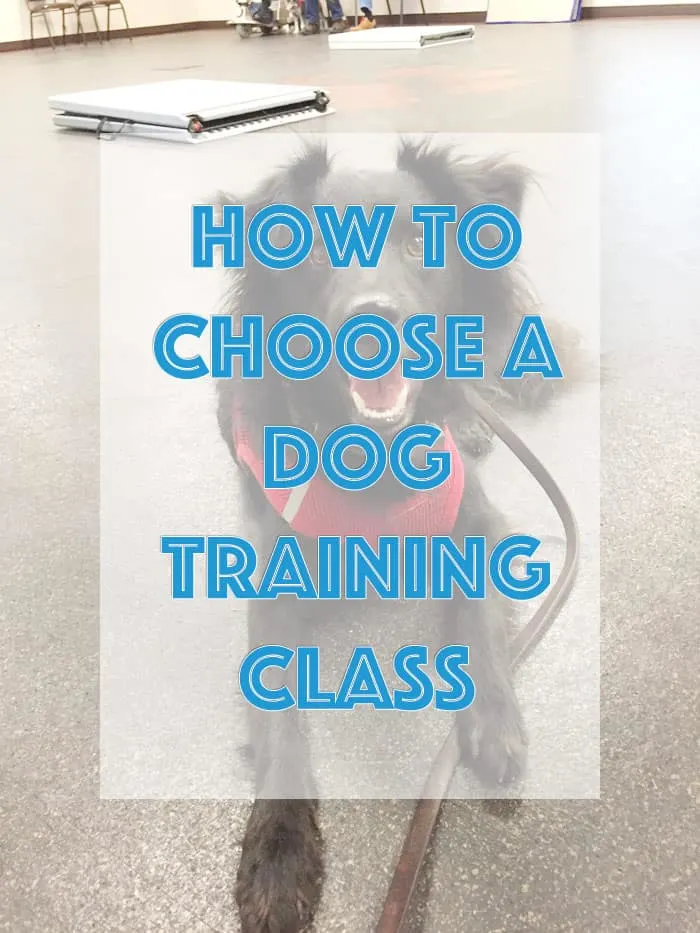
Group Class or Private Dog Training?
Our dog Barli recently completed three dog training classes–Dog Manners, Canine Good Citizen, and Therapy Dog training. He loved being in a group training class with seven other dogs and their handlers–but not every dog likes a group setting.
Our dog Irie was a shy dog; when we adopted her, I enrolled her in private dog training classes. While our classes were at a training facility, there were no other dogs and no one else in the room other than the dog trainer. The private classes were a great way for Irie to work on building her confidence.
If you have an extremely shy dog who might be afraid to go to a training facility–or a reactive dog who could be triggered by the sight of other dogs at the facility–private dog training in your home might be an option, at least for a while. Many trainers will come to your home to train your dog privately in a familiar setting.
You’ll also find dog boarding and training options where you leave your dog for a period (two weeks is common although we have also seen longer sessions) for training. This is not an option we would consider; each of our dogs was adopted after a lengthy shelter stay so we want to build their bond with us, not risk a dog feeling abandoned once again. Another issue with this type of training is that you are not training as a team. While these type of classes give you training when you pick up your dog, that’s not the same as you and your dog learning together–plus you miss the fun of training your dog!
What Type of Class are You Looking For?
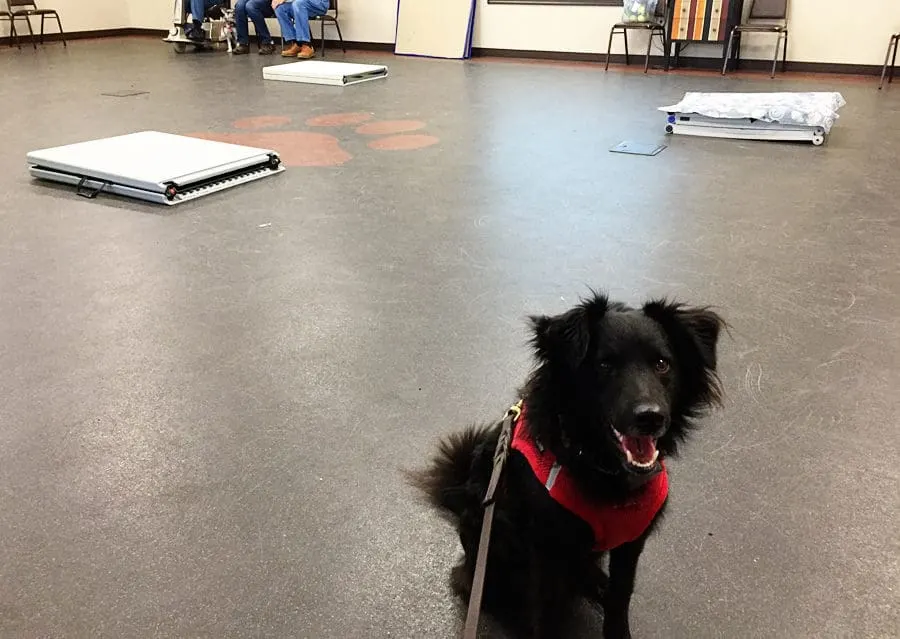
OK, you’ve decided that you’d like to enroll your dog in a group dog training class. Your first step is to determine what type of class you are looking for. Options might include:
- puppy socialization: Like “kindergarten” for dogs, puppy classes are usually for ages 8-16 weeks and give your puppy the opportunity to get accustomed to other people, other puppies, different surfaces, being handled, being groomed, and more.
- puppy manners: From about 4-7 months, puppies in these classes start to learn the basics of leash walking as well as basic skills like sit, down, stay.
- basic manners: For older puppies and for all ages of dogs, a basics manners class will help teach your dog the basics: leash walking, sit, down, stay, come, leave it.
Once your dog has basic skills, you may be interested in more advanced classes:
- advanced manners: Build on your dog’s manners with learning to wait at a door, settle on a mat, and perform commands at a distance and in the face of distractions.
- Canine Good Citizen: Canine Good Citizen or CGC classes follow an AKC program that emphasizes good manners around other dogs and people, perfect for day tripping dogs! At the conclusion of the course, an evaluator judges your dog’s skills to determine if he passes the test and receives an American Kennel Club certificate.
- agility: Once your dog has the basics, you might be ready for an agility course. Agility classes begin at introductory levels and go up to advanced with the option of competitions at many locations.
- Therapy Dog training: Does your dog love meeting other people? If so, therapy dog classes might be an option, providing training that could give you and your dog the opportunity to work as a team in a nursing home, hospital, school or other setting.
- Other classes: Trick training, nose work (following that super nose to detect scents) and specialized classes such as loose leash walking are offered by many facilities
Does Your Dog Need an Evaluation?
If this is your dog’s first dog training class and your dog has special behavioral concerns–whether that’s extreme shyness or aggression towards people or pets–an evaluation is a first step.
To arrange an evaluation, you’ll call a training facility and book an evaluation session with a trainer.
This one-on-one time will give the trainer time to access the needs of your dog and recommend a group class or private lessons.
Expect to pay about $45 for an evaluation.
What to Look for in Dog Training Facility
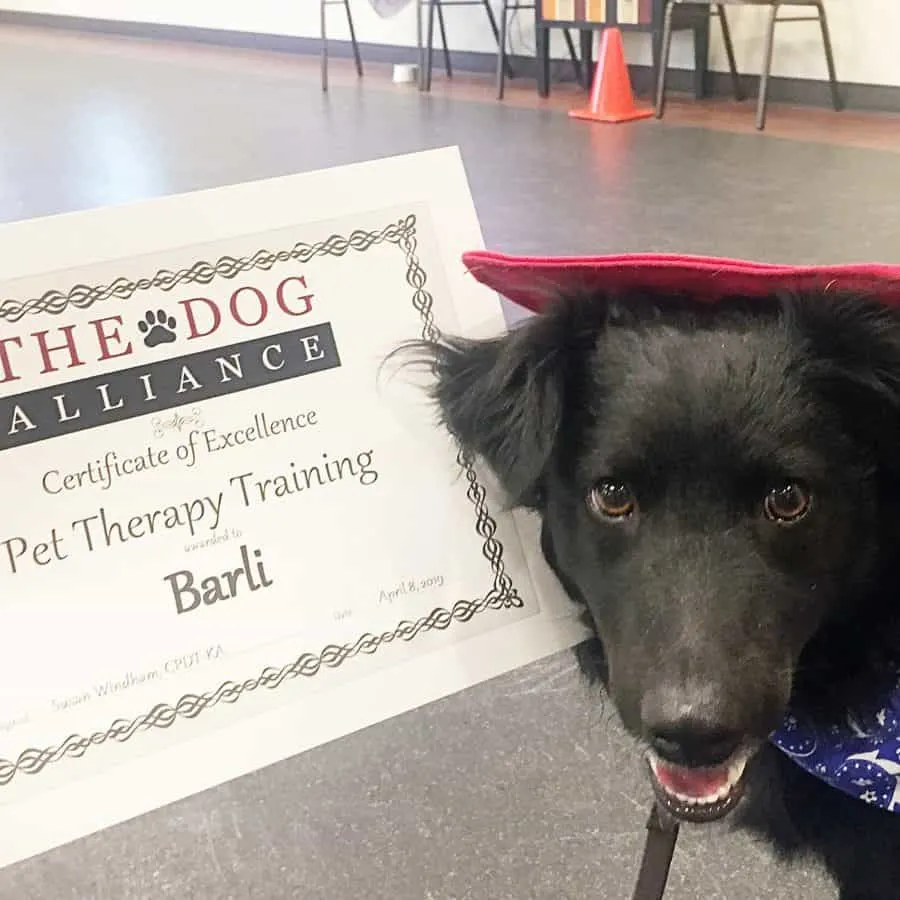
Begin your search by talking to fellow pet parents in your area as well as your veterinarian and shelter. All can give you a starting point of facilities to check out.
Once you’ve created a list of local dog training centers (or individuals), check to see what classes they offer. If you are working toward a goal of therapy dog training, you might want to start your training at a facility that offers that type of class.
Check local sites such as Yelp and Nextdoor for reviews. While everyone’s never going to be happy, it pays to see if you begin to see a trend in the reviews.
Once you’ve narrowed down your list to a few facilities, plan an in-person visit (without your dog). Talk to them about their offerings and ask to see the training facility.
- Is it clean?
- Does it smell?
- Are classes indoors or outdoors?
- Is it located in an area where you feel you can safely load and unload your dog without traffic concerns, if your dog is unruly?
- Does the facility require veterinary records with proof of current immunizations? This will help ensure that your dog stays healthy in the presence of the other dogs.
- Does the facility encourage other (human) members of the family to attend classes so that the family will be consistent in their training and commands?
While you are doing your look around, two things are real red flags:
- Does the facility prohibit the use of prong collars, “correction” collars, and choke collars? If the facility permits these, walk away. You want your dog to enjoy this training, not be hurt by it. (Recently I saw an ad for a dog training workshop that required all participants bring an electronic–shock–collar. If you see this type of policy, do not walk but RUN away.)
- Facilities that advertise “protection training”–often (but not always) these facilities have “K9” in their name. While these facilities also often offer basic obedience training, many employ harsh training methods. Look elsewhere.
What to Look for in a Dog Training Class
Ask to observe a class to see the training style.
Here’s what you WANT to see:
- dogs and people that are enjoying the class
- a clean, spacious room with plenty of space between dogs
- a small class size. Eight dogs or fewer is ideal.
- trainers that encourage treating to reward correct behaviors
Warning signs that should cause you to look elsewhere for a class:
- scruffing dogs
- leash jerks or leash popping
- talk of “dominance”
- classes that are too full so dogs don’t have enough space between each other. Dogs shouldn’t be able to access the neighboring dog.
- dogs that don’t look like they’re having a good time!
What to Look for in a Dog Trainer
Unlike hiring a lawyer or accountant, there’s no state-mandated certification or licensing for dog trainers–so basically anyone can call themselves a dog trainer. That means that it’s up to you to do some digging.
There are professional associations that provide stringent certifications for dog trainers, though. One of the best accreditations is CPDT-KA –Certified Professional Dog Trainers – Knowledge Assessed (CPDT-KA) through the Certification Council of Professional Dog Trainers. Before the trainer can even take the exam, he or she has had a minimum of 300 hours of dog training and has provided professional references.
Other excellent certification options include the Karen Pryor Academy for Animal Training & Behavior’s Dog Trainer Professional (DTP) program, The Academy for Dog Trainers Certificate in Training and Counseling program, and Victoria Stilwell Positively Dog Training (VSPDT).
Positive Reinforcement Dog Training
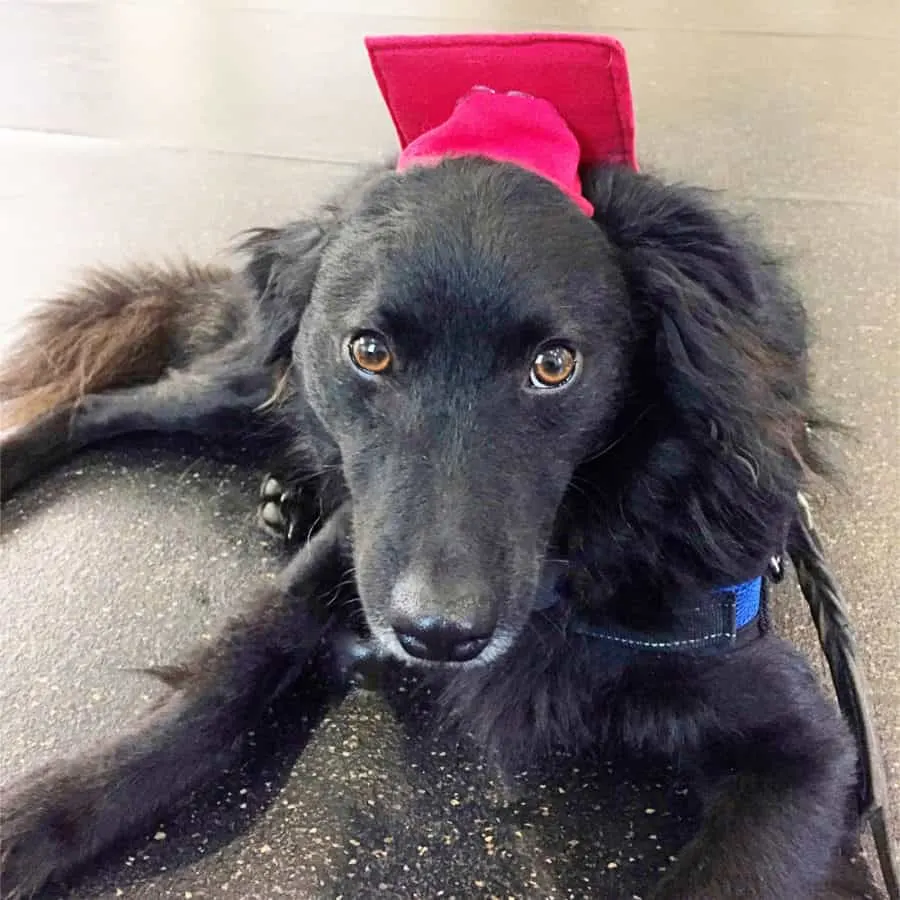
As I mentioned, training should be fun for you AND for your dog! Just like us, your dog will learn fastest when he’s having fun. Positive reinforcement classes reward good behaviors which helps speed your dog’s learning!
For your dog, positive reinforcement might be praise, treats or access to a toy. It’s all a matter of knowing your dog and what really makes him happy.
At a positive reinforcement class, attendees will generally bring “high value” dog treats–super tasty treats that are better than the everyday dog treats your dog enjoys. Pieces of chicken hearts, dehydrated beef liver and liver treats are all good options. Before class, cut the treats into tiny slivers so you’re ready to hand them out and immediately reward that good behavior.
When you observe a class, look to see if the trainer is wearing a treat pouch. Is the trainer encouraging attendees to treat and praise dogs?
How Much Will a Dog Training Class Cost?
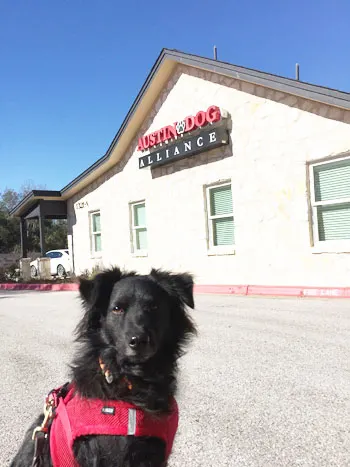
Like most pet services, the cost of dog training classes varies by facility–and by where you live. If you opt for a PetSmart dog training class or a Petco dog training class, expect to pay about $140-$180 for a six-week series of one-hour classes. (Watch for special offers for discounts.)
At a dedicated dog training facility, expect to pay more–about $40 per one-hour session or $180-240 for a six-week course.
Dog training classes are a great way for you and your dog to get out together–and learn together. A good class will help build the bond between you and provide you with many memories–as well as provide the basis for a lifetime of safe outings and walks for your dog.
Related Posts You Might Like
Dog Sports: Training Your Dog Safely
- Review: Jimmy BX7 Pro Anti-Mite Vacuum Cleaner - December 16, 2024
- 🎉 GIVEAWAY: Lord of the Pets Portrait of Your Dog! - November 26, 2024
- Review: Lord of the Pets Portraits - November 17, 2024
